Annette Messager
 |
| Annette Messager, My Vows, 1988-91, photographs, colored graphite on paper, string, black tape and pushpins over black paper or black synthetic polymer paint. |
Messager is a French artist, born in 1943, best known for her installations rather than for photography alone. She works in various mediums including found stuffed animals, puppets, textiles and photography of men and women. The striking installation of the small photographs in My Vows is what attracted me to the work. The string pushpinned to the wall that suspends the photos from above is such an active part of the work and reminded me of a chandelier.
 |
| Side view of the work |
Perhaps you can see better in this photo that the small photos overlap against the wall and are formed into a circle by the length of the hanging strings.
The individual photos are body parts and repeated words written in colored pencil. Two of the words that I could decipher were (in French) "silence" and "pain."
A New York Times review of Messager's work from 2007 states that Messager's intention with her work is "to free women from the roles assigned to them by men, by the marketplace, and by society. And she tries to do so through satire and caricature, using the images and materials of everyday life."
An earlier exhibition of her work at MoMA stated that through fragmentation of images and language, Messager explores fictional storytelling that refers to the dialogue between individual and collective identity. Her work "forcefully illustrates the idea that all things -- a child's beloved toy, a photograph, a piece of embroidery, a word with seemingly unambiguous meaning -- can be transformed into objects of potent expression."
Messager shows mainly in Europe but with Marian Goodman Gallery in New York.
Some of the wigs pictured in this portfolio appear to be made from Black hair and some from White hair. The text alludes to the wigs as a means of disguise, sexual attraction and an aid to crossing over gender, class and racial boundaries.
However, in this work, I found the text to be less important than the images of the wigs and their geometric arrangement on the felt panels.
In fact, I thought that the text ranged over so much territory that it was difficult to interpret Simpson's intention with this work. I actually think that the two little text panels above express her mixed feelings about it all. They say, "strong desire to decipher" and "strong desire to blur."
Perhaps it's true that hair has so many associations connected to it that it's impossible to make a succinct statement about it all.
Simpson has had a distinguished career that includes a 20-year retrospective at the Whitney in 2007, being collected by the National Gallery, MoMA, the Whitney and other top-rung museums. She also has the distinction of being the first African-American woman to exhibit at the Venice Bienniale - disappointingly not until 1997. You can see more of Simpson's work here.
Lorna Simpson
 |
| Lorna Simpson, Wigs (Portfolio), 1994: portfolio of 21 lithographs on felt, with 17 lithographed felt text panels. |
This was another striking piece in the show that drew me to it because of the smooth, creamy felt panels with the interesting portrayal of wigs. (The whole piece is maybe 4-5' tall by 10' wide. Each one of the wigs is roughly life size as you'll see in a later image.)
I have long been interested in hair as a cultural element, particularly for women, and have made work about it and from it myself. Additionally, I surmised that Lorna Simpson, whom I knew to be African American, had even more issues regarding hair and culture.
Lorna Simpson is American, born 1960, and a photographer who has usually combined her photographs with text. Working mostly in large-format studio photographs, she has chosen textual fragments that allow free association of the images with racial and sexual issues. That is, reading the text loads the images with content and associations that change the viewer's perceptions of the images.
Some of the wigs pictured in this portfolio appear to be made from Black hair and some from White hair. The text alludes to the wigs as a means of disguise, sexual attraction and an aid to crossing over gender, class and racial boundaries.
However, in this work, I found the text to be less important than the images of the wigs and their geometric arrangement on the felt panels.
In fact, I thought that the text ranged over so much territory that it was difficult to interpret Simpson's intention with this work. I actually think that the two little text panels above express her mixed feelings about it all. They say, "strong desire to decipher" and "strong desire to blur."
Perhaps it's true that hair has so many associations connected to it that it's impossible to make a succinct statement about it all.
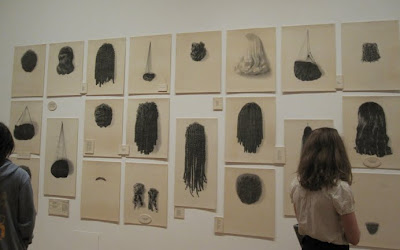 |
| This is the shot I really liked with the viewer in front of the work looking like she stepped right out of it. |
Simpson has had a distinguished career that includes a 20-year retrospective at the Whitney in 2007, being collected by the National Gallery, MoMA, the Whitney and other top-rung museums. She also has the distinction of being the first African-American woman to exhibit at the Venice Bienniale - disappointingly not until 1997. You can see more of Simpson's work here.









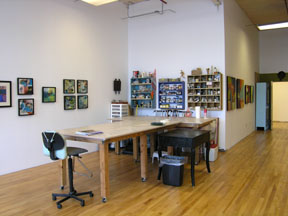
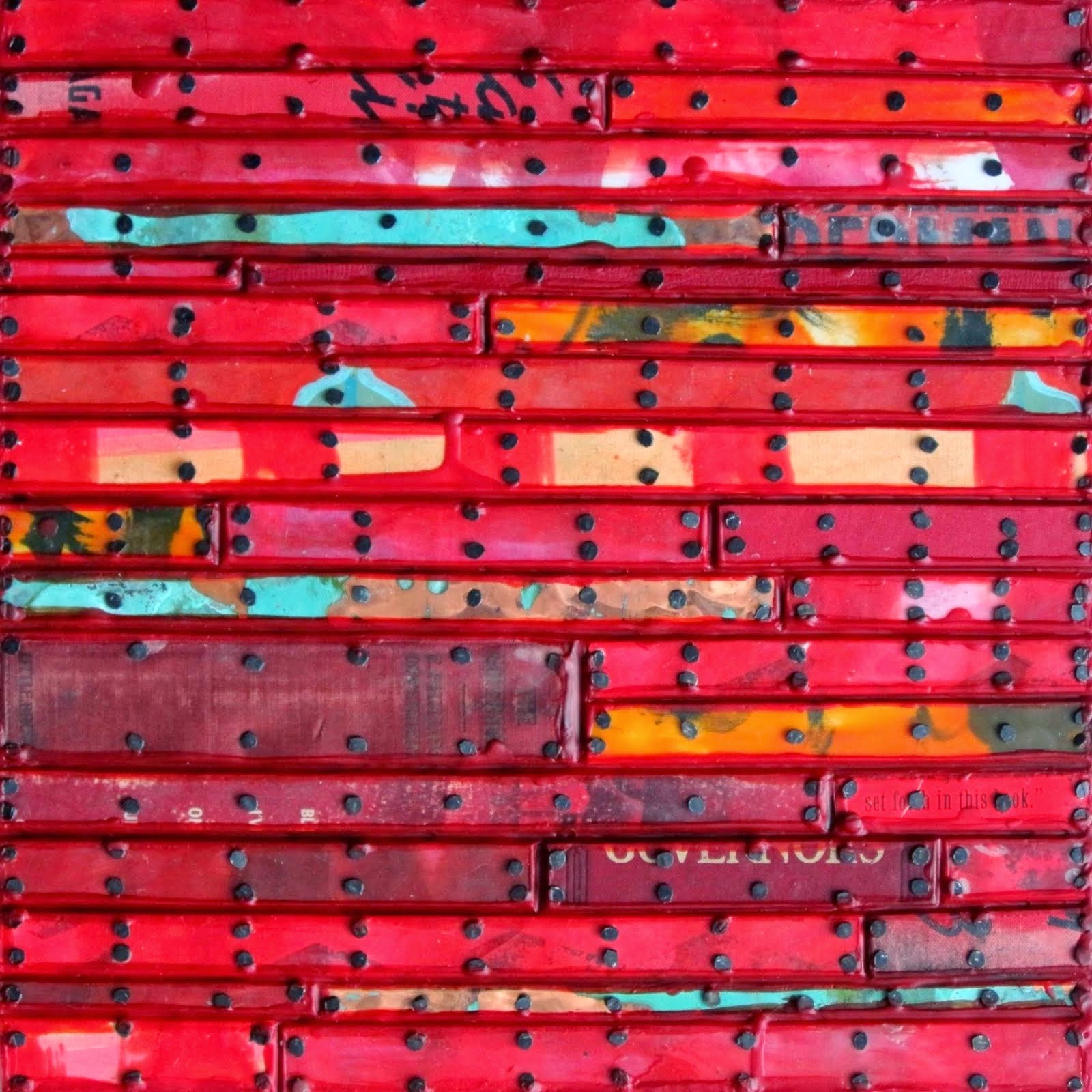
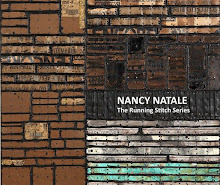
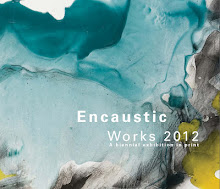




3 comments:
Thank you for sharing work from this exhibition and for your always interesting comments.
And thank you for commenting, Terry. It's always good to know that someone is reading!
So true. And if they aren't, mores the pity.
Post a Comment